Home>Garden Essentials>What Are Seed Potatoes
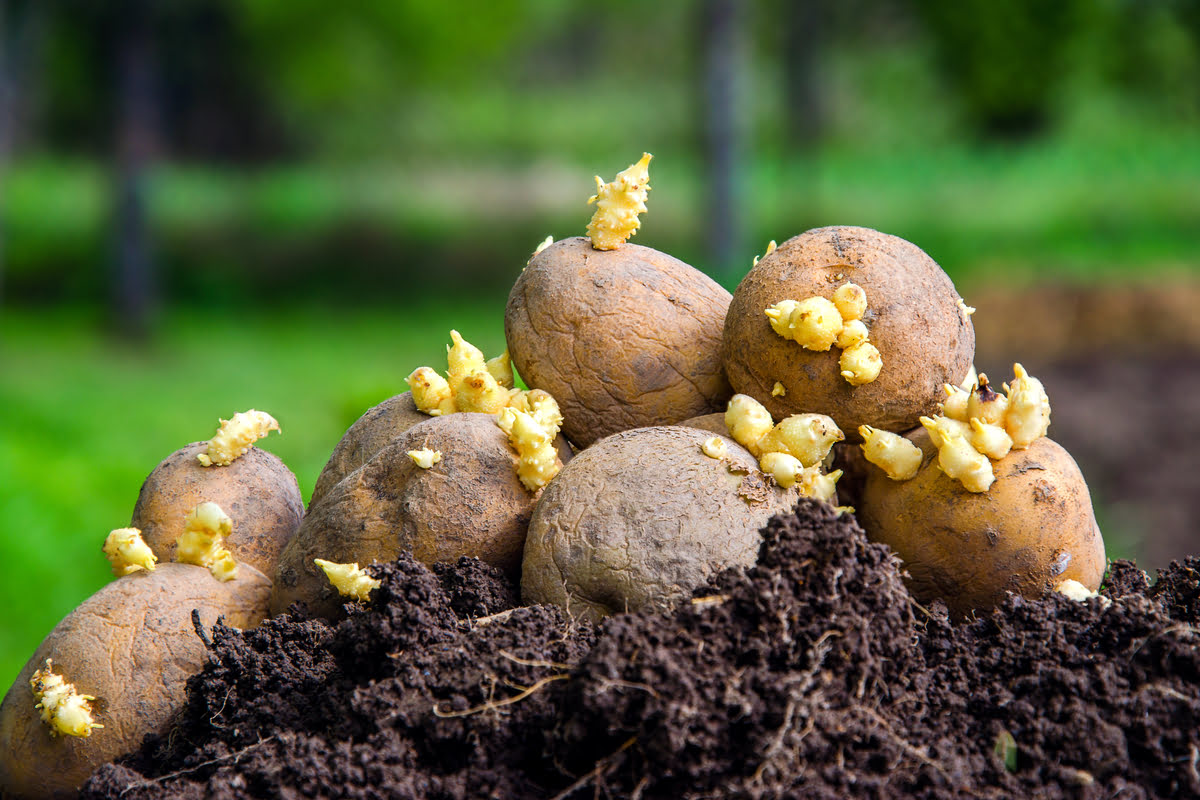

Garden Essentials
What Are Seed Potatoes
Modified: September 1, 2024
Discover the benefits of using seed potatoes in your garden. Learn how to choose, store, and plant seed potatoes for a successful growing season.
(Many of the links in this article redirect to a specific reviewed product. Your purchase of these products through affiliate links helps to generate commission for Storables.com, at no extra cost. Learn more)
Introduction
Welcome to the fascinating world of seed potatoes! If you have a green thumb and a passion for gardening, then understanding the importance of seed potatoes is essential. Seed potatoes play a crucial role in agriculture, serving as the foundation for growing healthy and bountiful potato crops.
While most people are familiar with potatoes as a staple food item, they might not be aware of the significance of seed potatoes. In this article, we will delve into the definition, importance, characteristics, varieties, planting and growing techniques, disease prevention and management, harvesting and storage methods, and even the utilization of seed potatoes in the food industry.
So, let’s dig in and explore the fascinating world of seed potatoes and how they contribute to the agricultural and culinary landscapes!
Key Takeaways:
- Seed potatoes are not for eating, but for growing new potato plants. They’re like the building blocks for a successful potato garden, providing genetic material for healthy crops.
- Seed potatoes are crucial in agriculture, offering disease resistance, improved yield, and diverse culinary possibilities. They require careful planting, disease prevention, and proper storage for future planting.
Read more: What Should Follow Potatoes In Crop Rotation
Definition of Seed Potatoes
Before delving into the intricacies of seed potatoes, let’s establish a clear understanding of what they actually are. Seed potatoes refer to specially selected and certified potato tubers that are used for planting and growing new potato plants.
Unlike the potatoes we typically find in stores for consumption, seed potatoes are not meant for eating. Instead, they serve as the source of new plants, providing the genetic material needed to grow a successful potato crop. Think of seed potatoes as the starting point, the building blocks for a productive potato garden.
Seed potatoes are carefully chosen based on several factors such as their disease resistance, yield potential, and adaptability to specific growing conditions. They are typically free from any diseases or pests, ensuring a healthy start for the new potato plants.
It is important to note that seed potatoes differ from both true seeds and regular table potatoes. True seeds are the tiny, round objects found inside the flowers of potato plants. While they do contain genetic material, they are not suitable for growing potatoes directly. Regular table potatoes, on the other hand, are meant to be consumed and might not possess the desired characteristics for successful planting and crop production.
Seed potatoes are commonly classified into two types: certified seed potatoes and home-saved seed potatoes. Certified seed potatoes undergo rigorous testing and certification processes to ensure high quality and disease-free characteristics. Home-saved seed potatoes, as the name implies, are saved from the previous season’s harvest. While they can be a cost-effective option, they may come with risks, as they might carry diseases or viruses that could impact the new crop.
Now that we have a clear understanding of the definition and purpose of seed potatoes, let’s explore their importance in agriculture and the various characteristics that make them valuable to gardeners and farmers alike.
Importance of Seed Potatoes in Agriculture
The importance of seed potatoes in agriculture cannot be overstated. They serve as the foundation for growing healthy and productive potato crops. Here are several reasons why seed potatoes are crucial in agriculture:
Genetic Purity: Seed potatoes ensure genetic purity in potato crops. By using certified seed potatoes, farmers can be confident that the resulting plants will possess the desired traits, such as high yield, disease resistance, and specific quality characteristics.
Disease Resistance: Seed potatoes are carefully selected for their resistance to various diseases that commonly affect potatoes. This is crucial in preventing the spread and impact of diseases such as late blight, early blight, and potato cyst nematodes. Planting disease-resistant seed potatoes reduces the need for chemical treatments and promotes sustainable and environmentally friendly farming practices.
Improved Yield: Using high-quality seed potatoes can significantly impact the yield of potato crops. Certified seed potatoes are selected based on their yield potential, ensuring that farmers can achieve optimal production and maximize their harvest. The use of quality seed potatoes contributes to higher marketable yields and increased profitability for farmers.
Adaptability: Different varieties of seed potatoes are available, each with their unique characteristics and adaptabilities. This allows farmers to select varieties that are well-suited to their local growing conditions, such as climate, soil type, and altitude. By choosing the right seed potatoes, farmers can optimize crop performance and overcome environmental challenges.
Crop Rotation: Seed potatoes play a crucial role in crop rotation practices. Rotating potato crops with other crops can help break the cycle of diseases and pests, while also improving soil health and fertility. By incorporating seed potatoes into crop rotation plans, farmers can maintain the long-term sustainability of their farming systems.
Market Demand: The demand for high-quality potatoes continues to grow, both for the fresh produce market and the processing industry. The use of certified seed potatoes ensures consistent quality and marketability, meeting the requirements and expectations of consumers and processors. By using seed potatoes, farmers can tap into the growing market demand and enhance their profitability.
Research and Development: Seed potatoes facilitate ongoing research and development in potato breeding and cultivation practices. By studying and evaluating different varieties of seed potatoes, scientists and breeders can continuously improve potato crops, developing new varieties with enhanced characteristics, such as increased disease resistance, better taste, and improved storage qualities.
As you can see, seed potatoes play a vital role in agriculture, contributing to disease prevention, improved yields, marketability, and the overall sustainability of potato farming. Now that we understand the importance of seed potatoes, let’s explore the characteristics that make them valuable for agricultural purposes.
Characteristics of Seed Potatoes
Seed potatoes possess several characteristics that make them valuable for agricultural purposes. Understanding these characteristics is essential for selecting the right seed potatoes for optimal crop production. Here are some key characteristics to consider:
Disease Resistance: One of the most crucial characteristics of seed potatoes is their resistance to diseases. Certified seed potatoes are carefully selected for their resistance to common potato diseases such as late blight, early blight, blackleg, and several viral infections. Choosing disease-resistant seed potatoes reduces the risk of crop loss and minimizes the need for chemical treatments.
Yield Potential: Seed potatoes are chosen based on their yield potential. Different varieties have varying levels of productivity, and selecting high-yielding seed potatoes can significantly impact the overall crop yield. Factors like the number of tubers, size, and weight contribute to the yield potential of seed potatoes.
Maturity: Seed potatoes are classified based on their maturity, which determines how early or late they will be ready for harvest. Early-maturing seed potatoes can be harvested sooner, while late-maturing varieties require a longer growing season. The choice of maturity depends on factors like growing conditions, market demand, and personal preferences.
Skin and Flesh Color: Seed potatoes come in various skin and flesh colors, ranging from white and yellow to red and purple. These colors not only add visual appeal but can also influence the taste and cooking characteristics of the potatoes. Different markets and culinary preferences may have specific color preferences, making the selection of seed potatoes with desirable colors important.
Texture and Flavor: The texture and flavor of potatoes can vary significantly depending on the variety. Some potatoes are known for their creamy texture, while others have a firmer, more starchy texture. Likewise, the flavor can range from mild to nutty or even slightly sweet. Selecting seed potatoes with the desired texture and flavor characteristics is essential for meeting market demands and culinary preferences.
Size: Seed potatoes come in various sizes, ranging from small to large tubers. The size of the seed potatoes can impact the spacing and planting density, as well as the resulting potato size at harvest. Large seed potatoes tend to produce larger-sized potatoes, while small seed potatoes are often used for early planting and producing baby potatoes.
Storage Qualities: Some seed potatoes are known for their excellent storage qualities, allowing them to be stored for longer periods without excessive sprouting or deterioration. This characteristic is particularly important for farmers who require long-term storage or for individuals who want to enjoy fresh potatoes throughout the year.
By considering these characteristics, farmers and gardeners can select seed potatoes that best align with their farming goals, market demands, and personal preferences. Now that we understand the characteristics of seed potatoes, let’s explore the different varieties available for planting.
Different Varieties of Seed Potatoes
When it comes to seed potatoes, there is a wide array of varieties to choose from. Each variety has its unique characteristics, including variations in taste, texture, color, and suitability for specific growing conditions. Here are a few popular varieties of seed potatoes:
Russet Potatoes: Russet potatoes are well-known for their starchy, dry texture and are often used for baking, frying, and making mashed potatoes. They have a thick, brownish skin and white flesh. Russet Burbank, Russet Norkotah, and Ranger Russet are popular Russet potato varieties widely used in commercial production.
Red Potatoes: Red potatoes have thin, red skin, and they are known for their smooth texture. They have a firm, waxy flesh that holds its shape well during cooking, making them ideal for boiling, roasting, and using in salads. Some popular red potato varieties include Norland, Pontiac, and Red Bliss.
Yellow Potatoes: Yellow potatoes, also known as golden potatoes, have a slightly buttery flavor and a creamy texture. They are versatile and can be used for boiling, roasting, mashing, and even making French fries. Yukon Gold, Yellow Finn, and German Butterball are popular yellow potato varieties.
Fingerling Potatoes: Fingerling potatoes are small and elongated, resembling fingers. They have a firm, waxy flesh and a buttery, nutty flavor. Fingerling potatoes are often used for roasting, grilling, or as an ingredient in salads. Popular fingerling varieties include Russian Banana, French Fingerling, and Purple Peruvian.
Purple Potatoes: Purple potatoes have a vibrant, purple or dark blue-colored skin and flesh. They are rich in antioxidants and have a slightly sweet flavor. Just like other potato varieties, they can be boiled, mashed, or roasted. Purple Majesty, All Blue, and Purple Viking are some commonly found purple potato varieties.
White Potatoes: White potatoes have a light-colored skin and flesh. They have a creamy texture and a mild, delicate flavor. White potatoes are versatile and can be used in a wide range of recipes, including mashed potatoes, soups, stews, and casseroles. Popular white potato varieties include Kennebec, Superior, and Elba.
New Potatoes: New potatoes refer to young, small-sized potatoes harvested before they fully mature. They have a thin, delicate skin and a tender, creamy texture. New potatoes are often boiled, steamed, or used in salads to showcase their fresh, earthy flavors. Many varieties can be harvested early to enjoy them as new potatoes.
These are just a few examples of the diverse varieties of seed potatoes available to farmers and gardeners. Each variety has its own unique characteristics and qualities, allowing for a wide range of culinary possibilities. When selecting seed potatoes, it’s essential to consider factors such as taste preferences, growing conditions, market demand, and specific culinary uses.
Now that we’ve explored the different varieties of seed potatoes, let’s move on to the next step: planting and growing these seed potatoes to produce a bountiful potato crop.
When planting seed potatoes, make sure to choose a sunny spot with well-drained soil. Cut the seed potatoes into pieces with at least 2 eyes each, and let them dry for a day before planting to reduce the risk of rot.
Read more: How Many Potatoes Grow From One Seed Potato
Planting and Growing Seed Potatoes
Planting and growing seed potatoes is a rewarding process that requires careful attention to detail. Follow these steps to ensure successful cultivation:
1. Seed Selection: Start by selecting high-quality seed potatoes from reputable sources. Choose varieties suited to your growing conditions and desired end use. Ensure the seed potatoes are free from diseases and have good sprouting potential.
2. Preparing the Soil: Prepare the soil well in advance of planting. Potatoes prefer loose, well-draining soil with a pH level between 5.0 and 6.0. Remove weeds, stones, and debris from the planting area, and amend the soil with organic matter like compost or well-rotted manure to improve fertility and drainage.
3. Chitting: Chitting, or sprouting, is an optional step that can encourage faster and more robust growth. Place the seed potatoes in a cool, well-lit area for a few weeks before planting, allowing them to develop sprouts. Place them with the more rounded side facing upwards to promote proper growth.
4. Planting: Plant the seed potatoes when the soil is consistently cool and the risk of frost has passed. Dig 4-6 inch deep trenches or individual holes, spaced about 12-15 inches apart, and place the seed potatoes into the soil with the sprouts facing upwards. Cover them with soil and gently firm it around the tubers.
5. Hilling: As the potato plants grow, gradually mound soil around the base of the plants to encourage the development of more tubers and protect them from sunlight. Hilling also helps control weeds and improves drainage. Repeat this process every few weeks until the soil is mounded around the stems.
6. Watering: Potatoes require regular watering, particularly during dry spells. Keep the soil consistently moist but avoid over-watering, which can lead to rotting. Water deeply, allowing the moisture to reach the roots. Mulching the soil can help retain moisture and suppress weeds.
7. Fertilizing: Potatoes benefit from regular fertilization to ensure healthy growth. Apply a balanced fertilizer or compost when planting, and provide additional doses throughout the growing season according to the package instructions or soil test results. Avoid over-fertilizing, as excessive nitrogen can lead to excessive foliage growth at the expense of tuber development.
8. Disease and Pest Management: Monitor the potato plants regularly for any signs of pests or diseases, such as potato beetles, aphids, or fungal infections. Take preventive measures, such as using organic insecticides or applying natural solutions like neem oil, and practice crop rotation to minimize the risk of diseases.
9. Harvesting: Harvesting time varies depending on the variety and desired use. For new potatoes, harvest when the tubers reach a usable size, typically around 2-3 inches in diameter. For mature potatoes, wait until the plants have died back and the skin has set. Gently dig around the plant to avoid damaging the tubers, and harvest them carefully.
10. Storage: Cure the harvested potatoes by allowing them to dry in a cool, dark, and well-ventilated area for a couple of weeks. Then, store them in a cool and dark place with good air circulation to prevent sprouting and spoilage. Proper storage conditions can extend the shelf life of the potatoes.
By following these steps, you can successfully plant and grow seed potatoes, ensuring a bountiful harvest of delicious and healthy potatoes. However, it’s essential to remain vigilant and adapt your techniques based on the specific growing conditions and challenges in your area.
Now that we’ve covered the planting and growing process, let’s move on to the next aspect of seed potato management – disease prevention and management.
Disease Prevention and Management in Seed Potatoes
One of the key challenges in growing seed potatoes is the management of diseases that can impact their quality and yield. Disease prevention and management are essential to ensure a successful crop. Here are some strategies to implement:
1. Use Certified Disease-Free Seed Potatoes: Start with certified disease-free seed potatoes from reputable sources. Certified seed potatoes undergo rigorous testing to ensure they are free from common potato diseases. This reduces the risk of introducing diseases into your potato crop.
2. Crop Rotation: Practice crop rotation by avoiding planting potatoes in the same area for consecutive years. This helps break the life cycle of diseases and pests that may be specific to potatoes. Rotate potatoes with non-related crops like legumes or grains to improve soil health and reduce disease pressure.
3. Sanitation: Maintain good sanitation practices in the garden or field. Remove and destroy any infected plants or tubers to prevent the spread of diseases. Clean tools and equipment between uses to avoid transmitting pathogens from one area to another.
4. Proper Spacing and Air Circulation: Ensure adequate spacing between plants to promote good air circulation. Dense foliage can create a favorable environment for diseases to thrive. Provide enough space for each plant, and trim or thin out excess foliage if necessary.
5. Irrigation Management: Use proper irrigation techniques to avoid over-watering or waterlogging, as excessive moisture can encourage the growth of fungal diseases. Water the plants at the base to keep the foliage dry. Consider using drip irrigation or soaker hoses to deliver water directly to the soil.
6. Fungicide Application: In severe cases or when specific diseases are prevalent in your area, consider using appropriate fungicides. Organic options like copper-based sprays or biofungicides can help manage certain diseases. Follow the instructions carefully and apply the fungicides as recommended.
7. Disease-Resistant Varieties: Selecting disease-resistant potato varieties can significantly reduce the risk of disease outbreaks. Consult with local agricultural extension services or nurseries to find varieties that are known for their resistance to common diseases in your region.
8. Regular Monitoring: Regularly inspect your plants for any signs of diseases, such as leaf spots, wilting, discoloration, or abnormal growth. Early detection and intervention can help prevent the spread of diseases and limit damage to the crop.
9. Integrated Pest Management: Implement integrated pest management (IPM) practices to control pests that can transmit diseases. Monitor populations of pests like aphids, potato beetles, and nematodes, and take appropriate measures if necessary, such as introducing beneficial insects or using natural pest control methods.
10. Disease-Resistant Rootstocks: In some cases, grafting potato scions onto disease-resistant rootstocks can provide added protection against soil-borne diseases. This technique is commonly used in commercial settings and can help manage diseases like bacterial wilt and nematodes.
By implementing these disease prevention and management strategies, you can minimize the impact of diseases on your seed potato crop, leading to healthier plants and higher yields. However, it’s important to stay informed about the specific diseases prevalent in your region and adopt suitable control measures accordingly.
Now that we’ve covered disease prevention and management, let’s move on to the next critical step: harvesting and storing your seed potatoes.
Harvesting and Storage of Seed Potatoes
Harvesting and proper storage of seed potatoes are crucial steps to ensure their long-term viability and success in future planting. Here are some guidelines for harvesting and storing seed potatoes:
1. Harvesting Time: The timing of potato harvest depends on the desired use and the maturity of the crop. For new potatoes or early harvest, you can start harvesting when the tubers are small and tender, usually about 2-3 inches in diameter. For mature potatoes, wait until the foliage has died back and the skin of the tubers has set, which usually occurs 2-3 weeks after the tops have withered.
2. Harvesting Method: Gently dig around the base of the potato plants using a garden fork or shovel, taking care not to damage the tubers. Lift the plants from beneath or scoop out the tubers from the soil. Avoid excessive bruising or rough handling, as this can lead to storage problems.
3. Curing: After harvesting, allow the freshly dug potatoes to cure for a short period. Spread them out in a single layer in a cool, dry, and well-ventilated area with temperatures around 50-60°F (10-15°C) and moderate humidity. Curing helps the skin toughen and wounds to heal, improving their storage quality.
4. Sorting and Selecting: Remove any damaged, diseased, or bruised potatoes during the curing process. Select the healthiest and most uniform tubers for seed stock, paying attention to their size, shape, and overall quality. Discard any subpar or questionable potatoes that may affect the planting or storage quality.
5. Storage Conditions: Store seed potatoes in a dark, cool, and well-ventilated location, ideally with temperatures between 35-40°F (2-4°C). Avoid exposure to sunlight, extreme heat, or freezing temperatures. Excessive warmth can stimulate premature sprouting, while too much cold may cause decay. Keep the storage area dry to prevent the development of mold or rot.
6. Storage Containers: Use breathable containers like paper bags, burlap sacks, or wooden crates for storing seed potatoes. Avoid plastic bags, as they can trap moisture and promote rot. Make sure the containers have good airflow to prevent the buildup of excess humidity.
7. Check for Sprouting: Regularly check stored seed potatoes for any signs of sprouting. Remove any sprouting tubers promptly to prevent the spread of energy and nutrients away from the remaining potatoes. Sprouted potatoes are still edible but are best utilized as table potatoes rather than for seed stock.
8. Periodic Inspections: Regularly inspect your stored seed potatoes for any signs of decay, softness, or disease. Remove any affected potatoes to prevent the spread of rot to the healthy ones. It is advisable to check the stored potatoes every few weeks during the storage period.
9. Seed Viability: Plan to use your stored seed potatoes for planting within the next year. While potatoes can be stored for several months, their viability may decline over time. It is recommended to replenish your seed stock annually to maintain high-quality planting material.
10. Proper Ventilation: Ensure proper ventilation in the storage area. Good air circulation helps prevent the buildup of ethylene gas, which can accelerate sprouting. Avoid overcrowding the containers and leave some space between them for air to flow.
By following these guidelines for harvesting and storing seed potatoes, you can maintain the quality and viability of your seed stock for future planting. Remember to label your storage containers for easy identification and maintain proper records of the varieties and date of harvest.
Now that we have covered the harvesting and storage of seed potatoes, let’s explore how seed potatoes are utilized in the food industry.
Utilization of Seed Potatoes in the Food Industry
Seed potatoes not only serve as the starting point for planting and growing potato crops, but they are also an essential ingredient in the food industry. Their versatility and culinary characteristics make them valuable in various food applications. Here are some ways that seed potatoes are utilized in the food industry:
Fresh Consumption: Seed potatoes find their way onto our plates as delicious, fresh potatoes. They are boiled, roasted, mashed, or fried and enjoyed as a side dish or a main course. The wide range of potato varieties allows for diverse flavors and textures, catering to different culinary preferences.
Processed Foods: Seed potatoes play a vital role in the production of processed potato products. They are used to make french fries, potato chips, hash browns, and other frozen or dehydrated potato products. Seed potatoes with specific characteristics like high starch content or low sugar levels are selected to achieve the desired quality and taste.
Potato Flour and Starch: Seed potatoes are processed into potato flour and starch, which have various applications in the food industry. Potato flour is used as a gluten-free alternative in baking, providing texture and moisture to gluten-free products. Potato starch is used as a thickener and stabilizer in soups, sauces, and other food preparations.
Snack Foods: Seed potatoes are transformed into a wide range of snack foods, including potato crisps, chips, and other savory snacks. The unique flavors and textures of different seed potato varieties lend themselves well to these snack foods, providing consumers with a multitude of choices.
Ready-to-Eat Meals: Seed potatoes are used in the production of various ready-to-eat meals that feature potatoes as a central component. These meals can include potato-based salads, stews, casseroles, and other pre-packaged dishes that offer convenience and ease of preparation for consumers.
Specialty Products: Seed potatoes with distinct characteristics can be used for specialty products. For example, waxy seed potatoes are favored for making potato salads, as they hold their shape well after cooking. Certain varieties are also preferred for making gourmet or heirloom potato dishes that highlight unique flavors and appearances.
International Cuisine: Seed potatoes are essential in various international cuisines. They are used to create traditional dishes like gnocchi, latkes, pierogies, and ethnic potato-based recipes from different countries. Seed potatoes allow for the authenticity and distinctiveness of these global culinary creations.
Value-Added Products: Seed potatoes are utilized in the production of value-added products like flavored potato chips, seasoned fries, and specialty potato products that cater to specific consumer preferences. These products offer unique taste profiles and expand the potato market.
The utilization of seed potatoes in the food industry is vast and diverse, showcasing the immense value and versatility of this humble tuber. Whether enjoyed fresh, processed, or in specialty products, seed potatoes play a crucial role in providing us with a wide range of delicious and satisfying food options.
Now that we have explored the utilization of seed potatoes in the food industry, let’s conclude our journey through the world of seed potatoes.
Read more: How To Make Seed Potatoes Sprout
Conclusion
Seed potatoes are not just ordinary potatoes; they are the starting point for a successful potato crop. In this article, we have delved into the definition, importance, characteristics, varieties, planting and growing techniques, disease prevention and management, harvesting, storage, and even the utilization of seed potatoes in the food industry.
We have learned that seed potatoes are specially selected and certified tubers used for planting and growing new potato plants. They play a vital role in agriculture, providing genetic purity, disease resistance, improved yield potential, and adaptability to specific growing conditions.
With different varieties available, each with its unique characteristics, seed potatoes offer diverse flavors, textures, and uses. Whether boiled, roasted, processed into various food products, or incorporated into international cuisine, seed potatoes provide culinary versatility and enjoyment.
Successful cultivation of seed potatoes requires careful attention to planting, irrigation, fertilization, disease prevention, and proper harvesting techniques. By following best practices, we can ensure a bountiful harvest and maintain the quality of the seed stock for future planting.
Furthermore, we explored the importance of disease prevention and management, recognizing the significance of crop rotation, sanitation, and selecting disease-resistant varieties to safeguard our potato crops from common diseases and pests.
Harvesting and storing seed potatoes correctly is vital to maintaining their viability and quality. Proper curing, sorting, and storage conditions in cool, dark, and well-ventilated spaces help prevent decay, sprouting, and the spread of diseases.
Lastly, we discovered the wide range of ways that seed potatoes are utilized in the food industry. From fresh consumption to processed foods, snack items, specialty products, and international cuisine, seed potatoes provide endless possibilities for a variety of culinary creations.
Seed potatoes are not only a crucial piece of the agricultural puzzle but also a staple in our kitchens and a source of delightful flavors and textures. By understanding and harnessing the potential of seed potatoes, we can continue to enjoy their deliciousness and contribute to sustainable agricultural practices.
Now armed with the knowledge of seed potatoes, their importance, characteristics, cultivation, and utilization, you can embark on your own potato-growing journey or simply appreciate the humble spud in all its forms and flavors. Happy gardening and bon appétit!
Frequently Asked Questions about What Are Seed Potatoes
Was this page helpful?
At Storables.com, we guarantee accurate and reliable information. Our content, validated by Expert Board Contributors, is crafted following stringent Editorial Policies. We're committed to providing you with well-researched, expert-backed insights for all your informational needs.
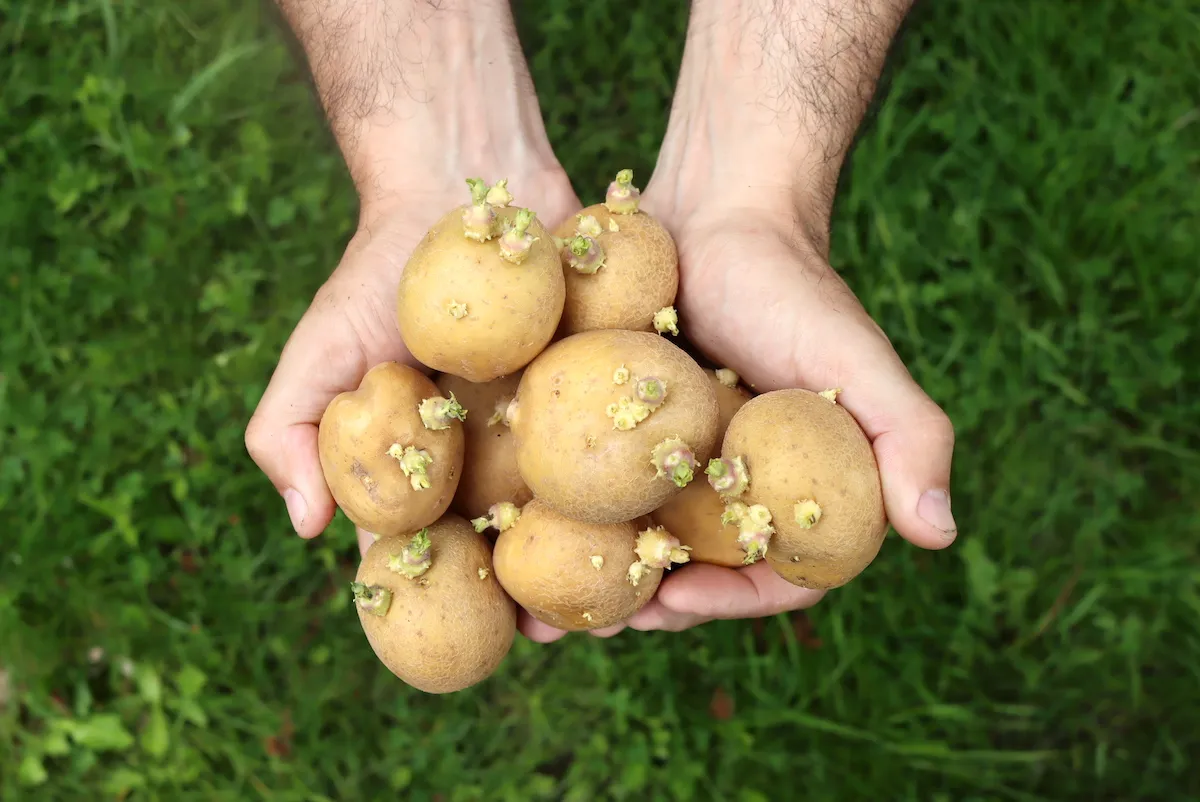
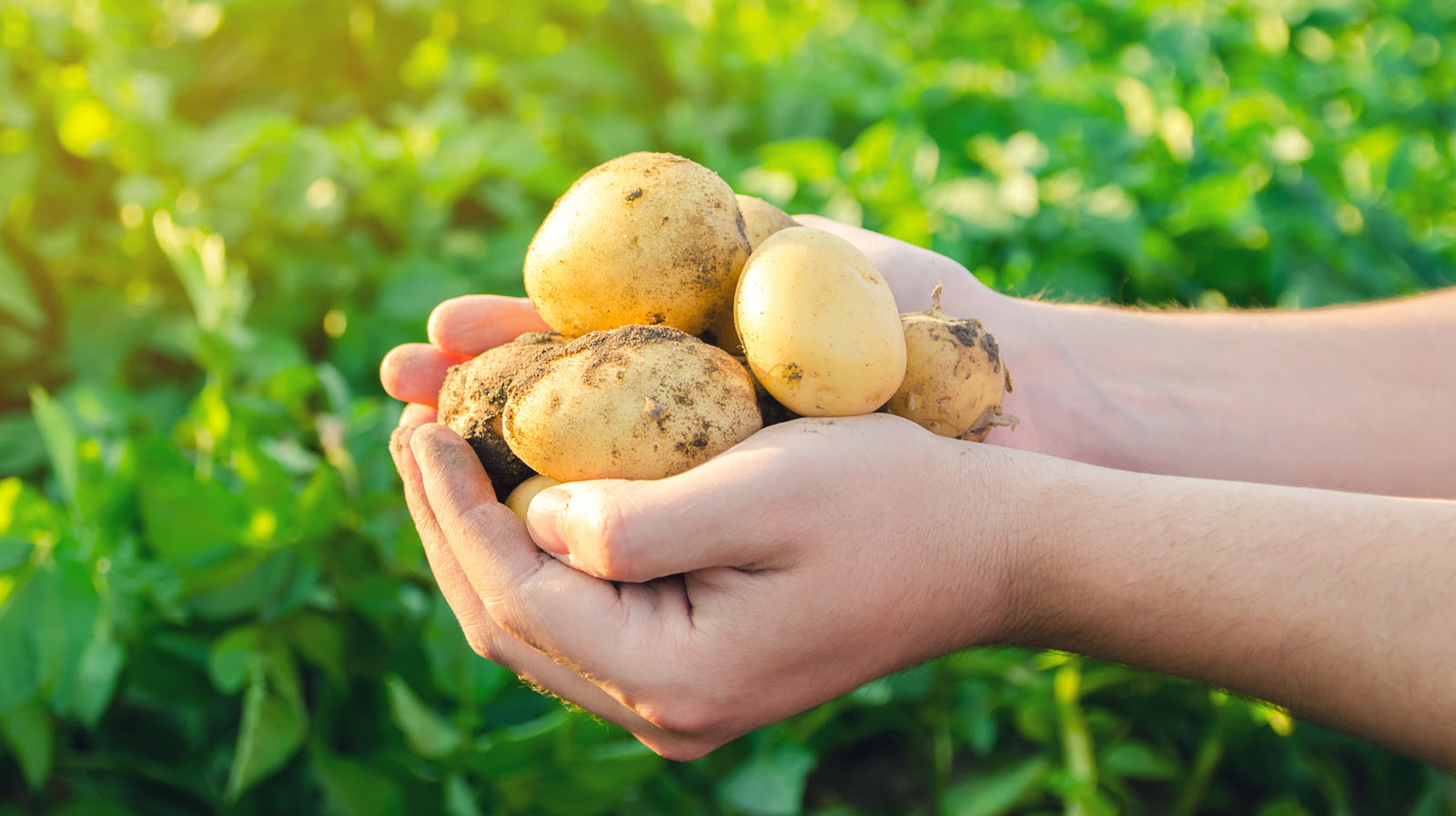
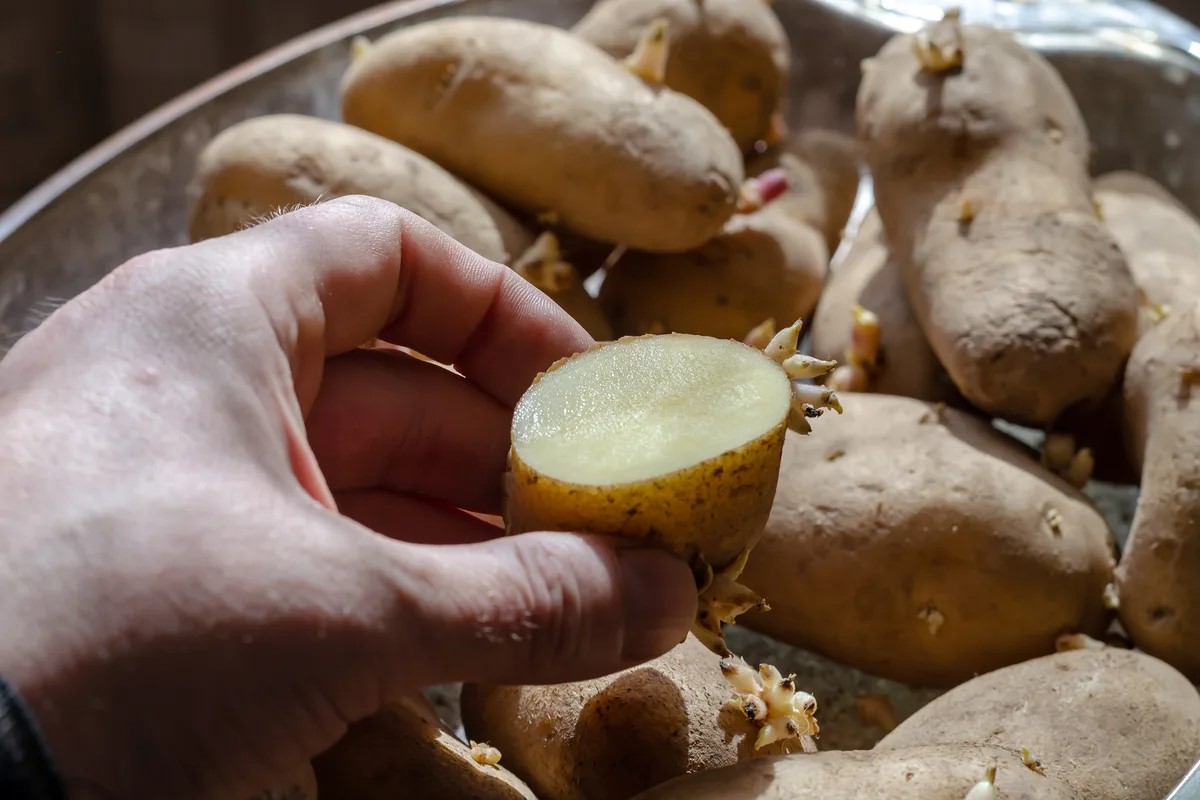
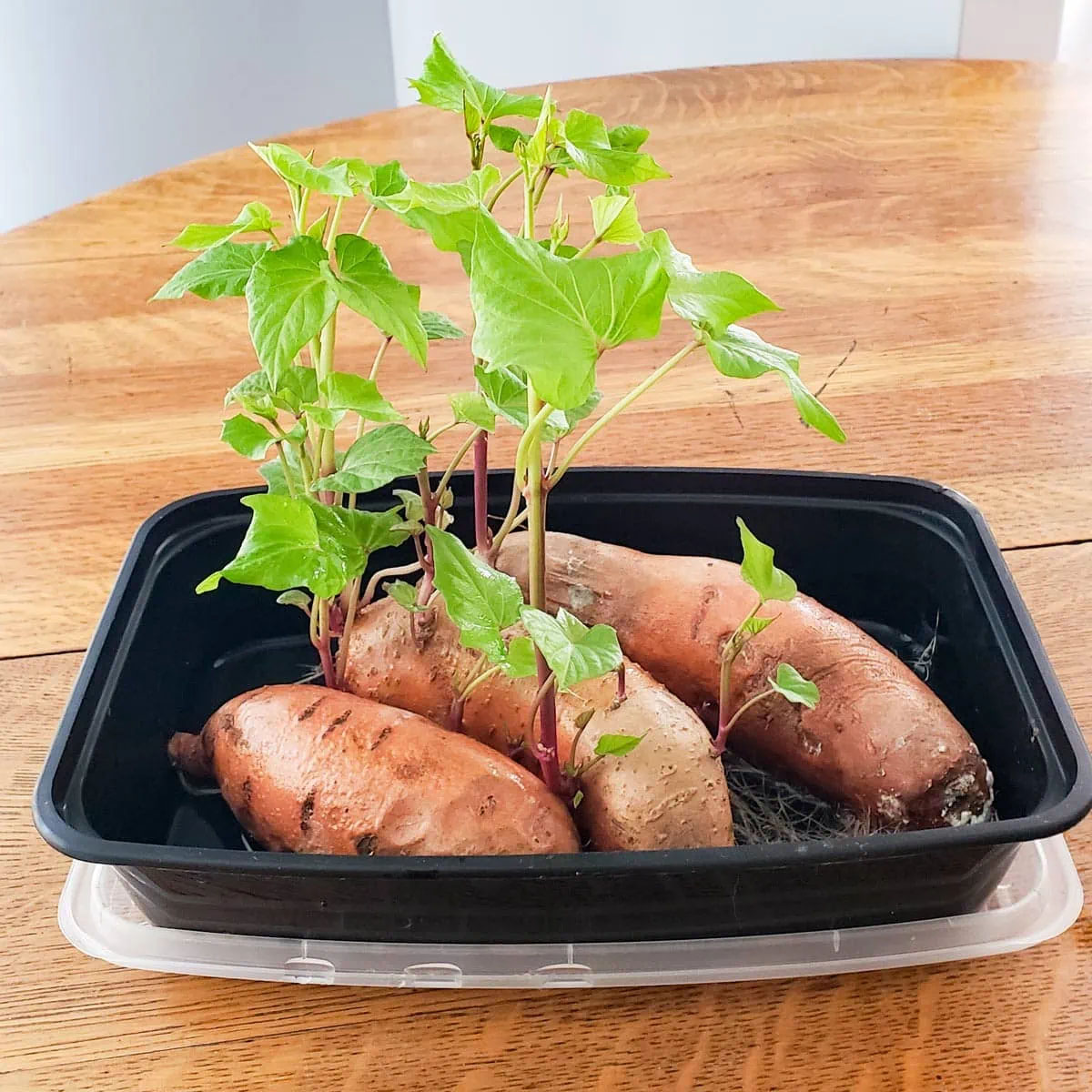
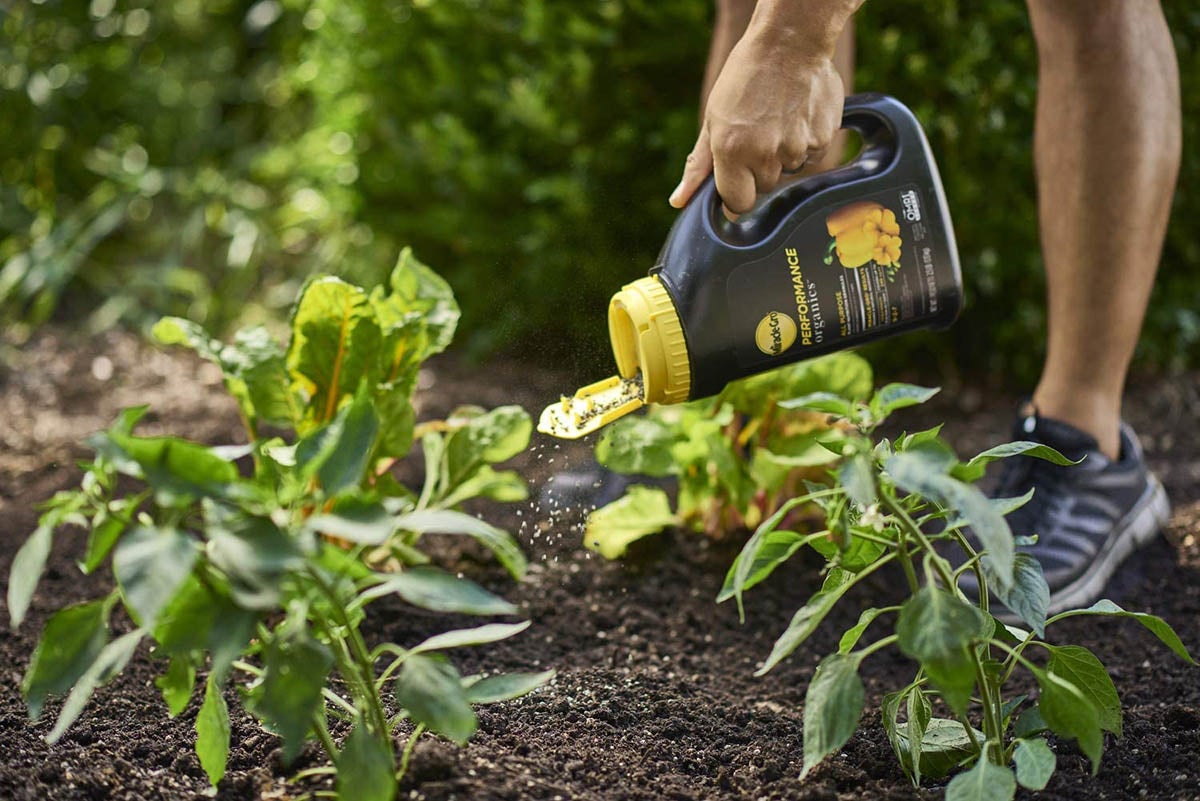
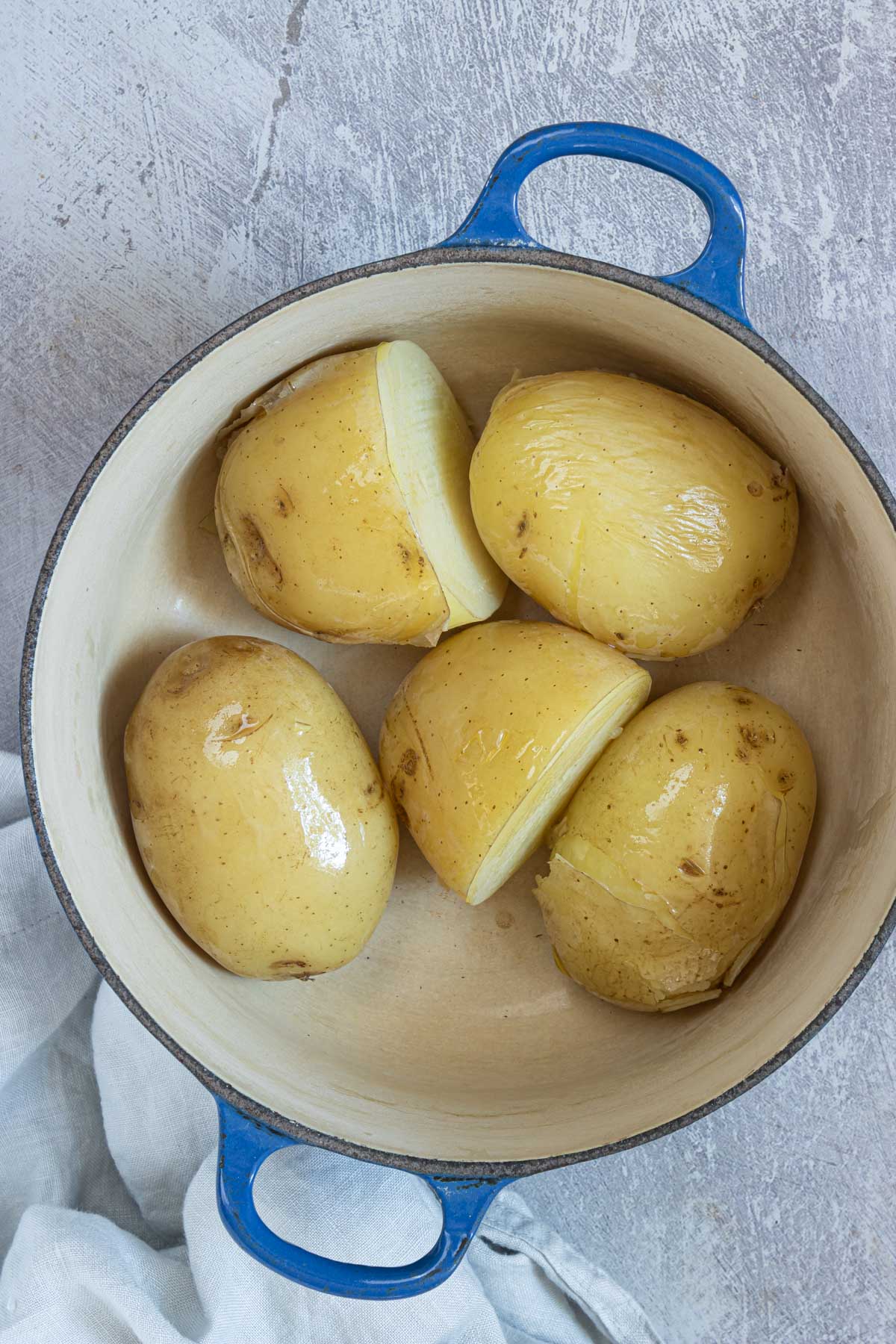

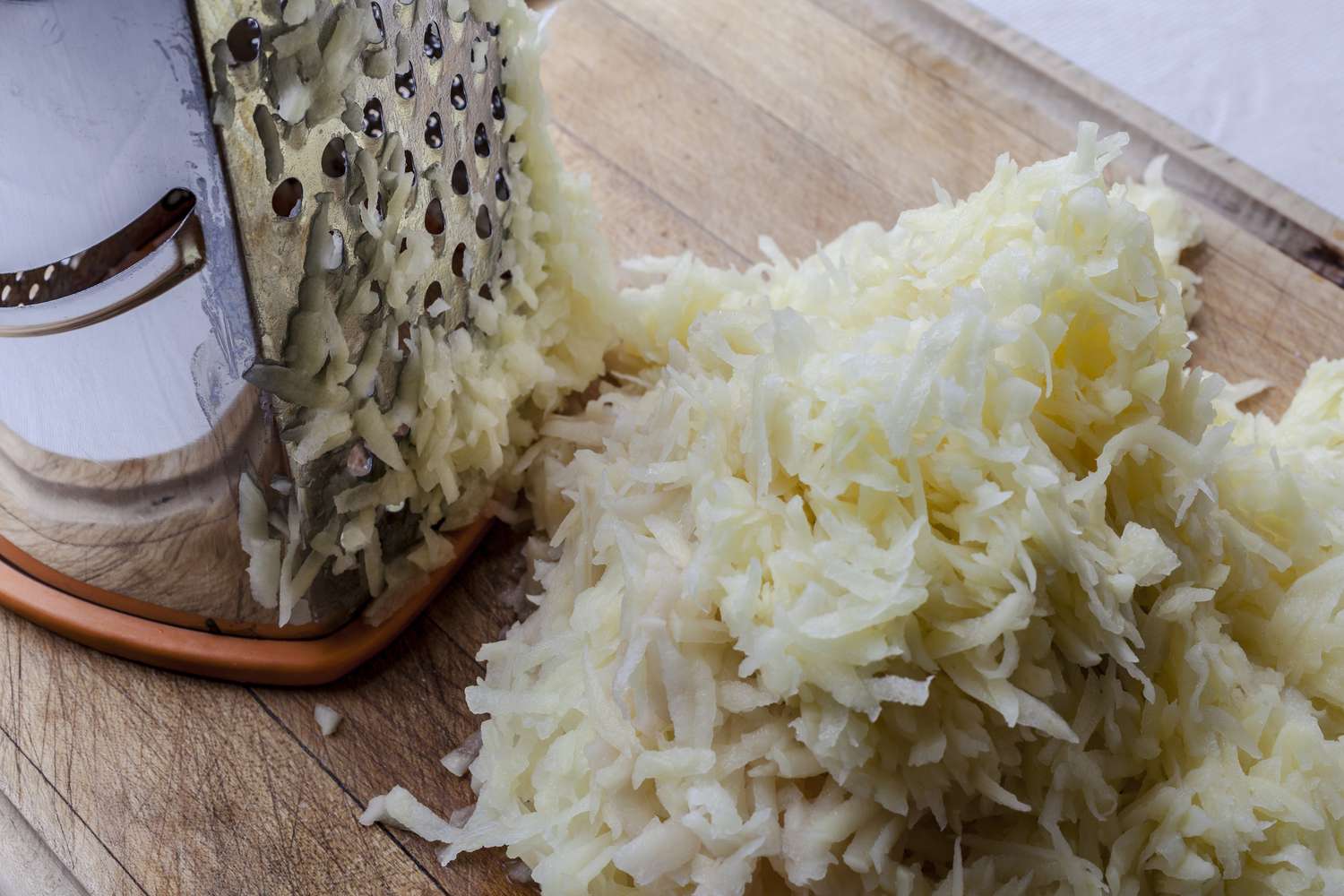

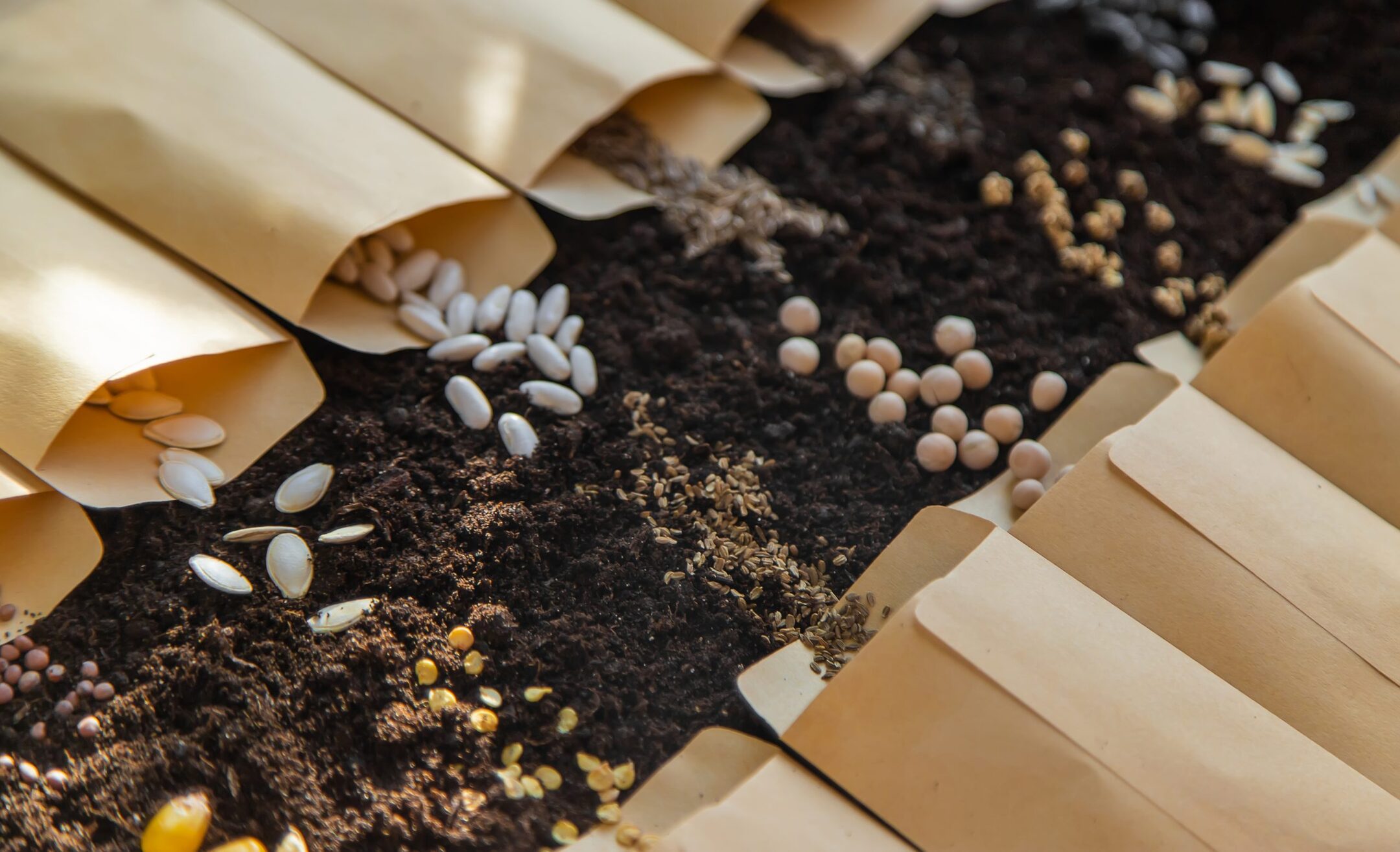
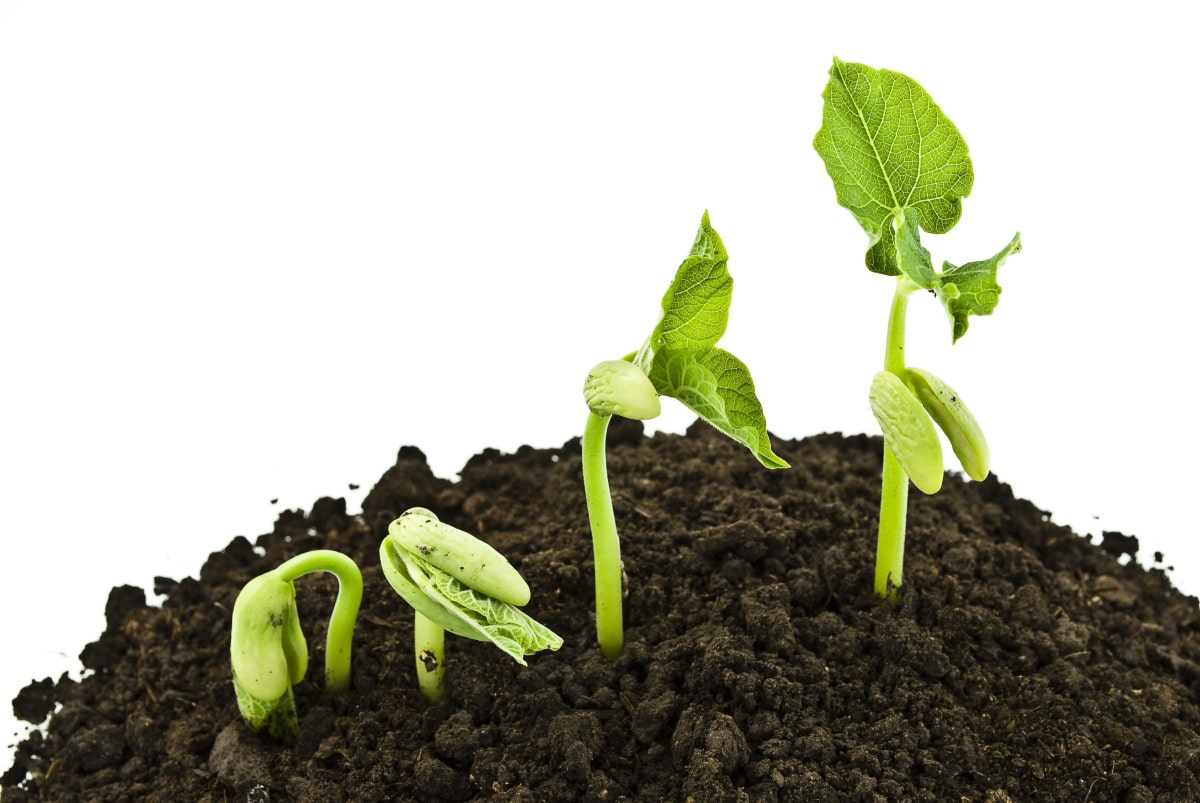
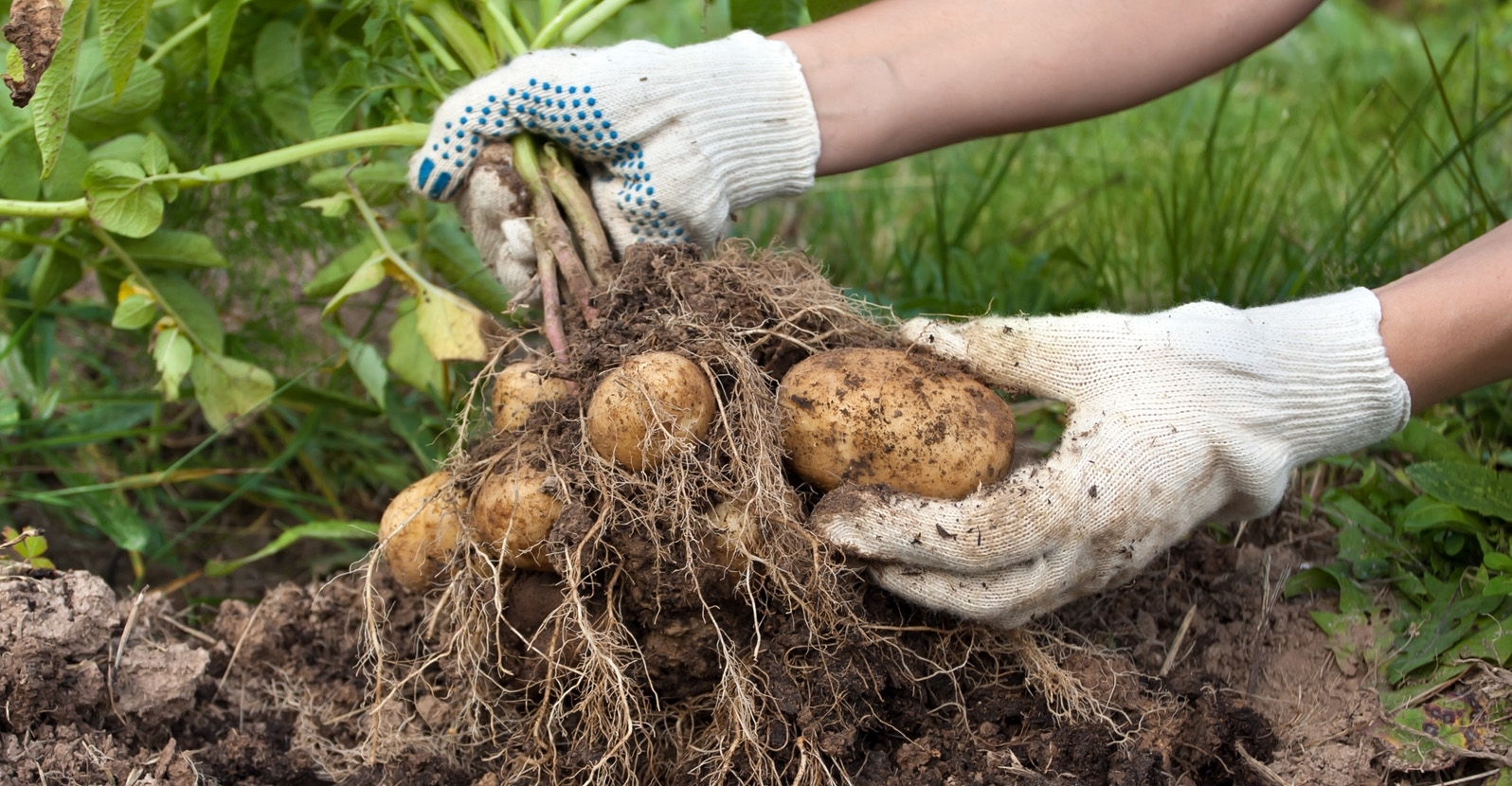
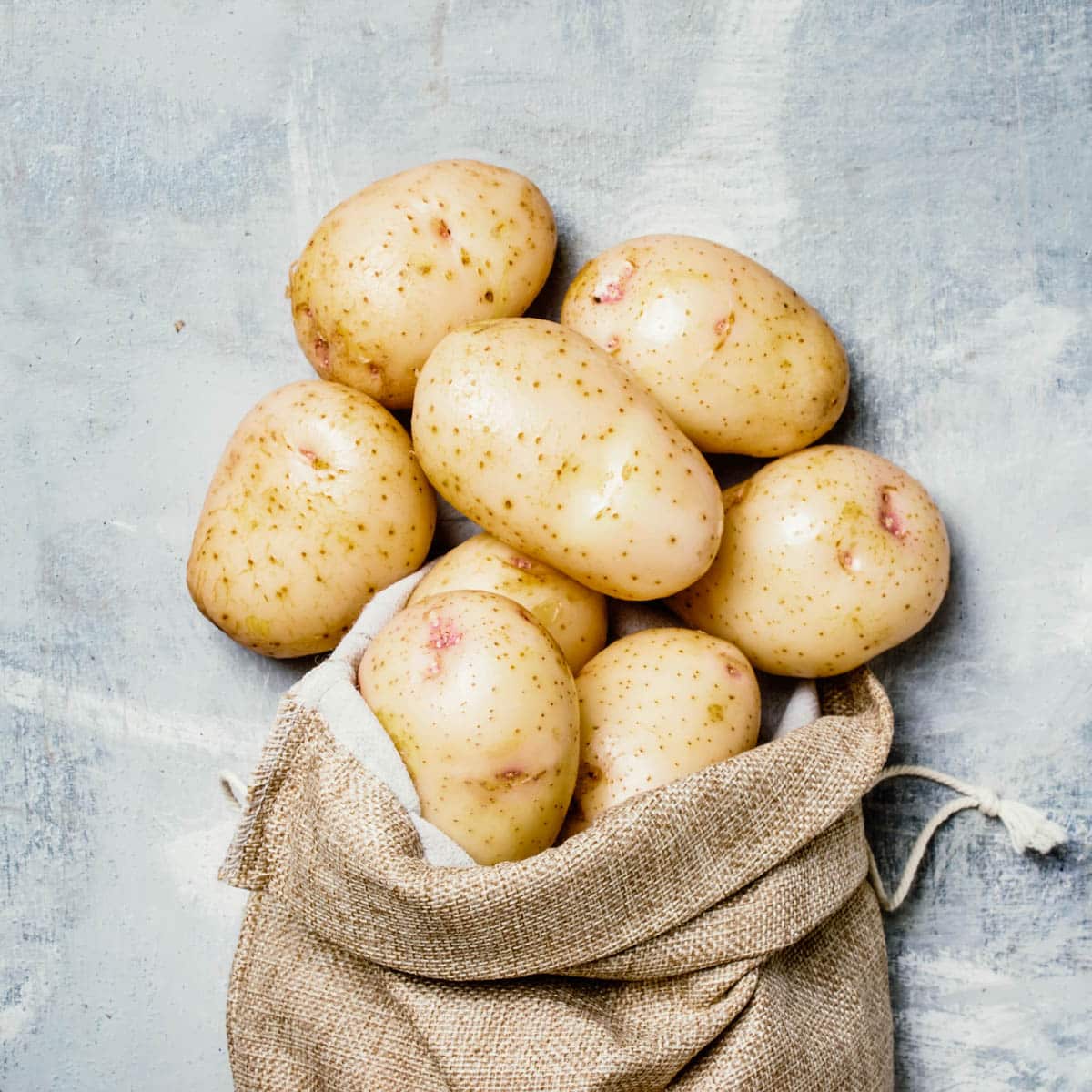

0 thoughts on “What Are Seed Potatoes”